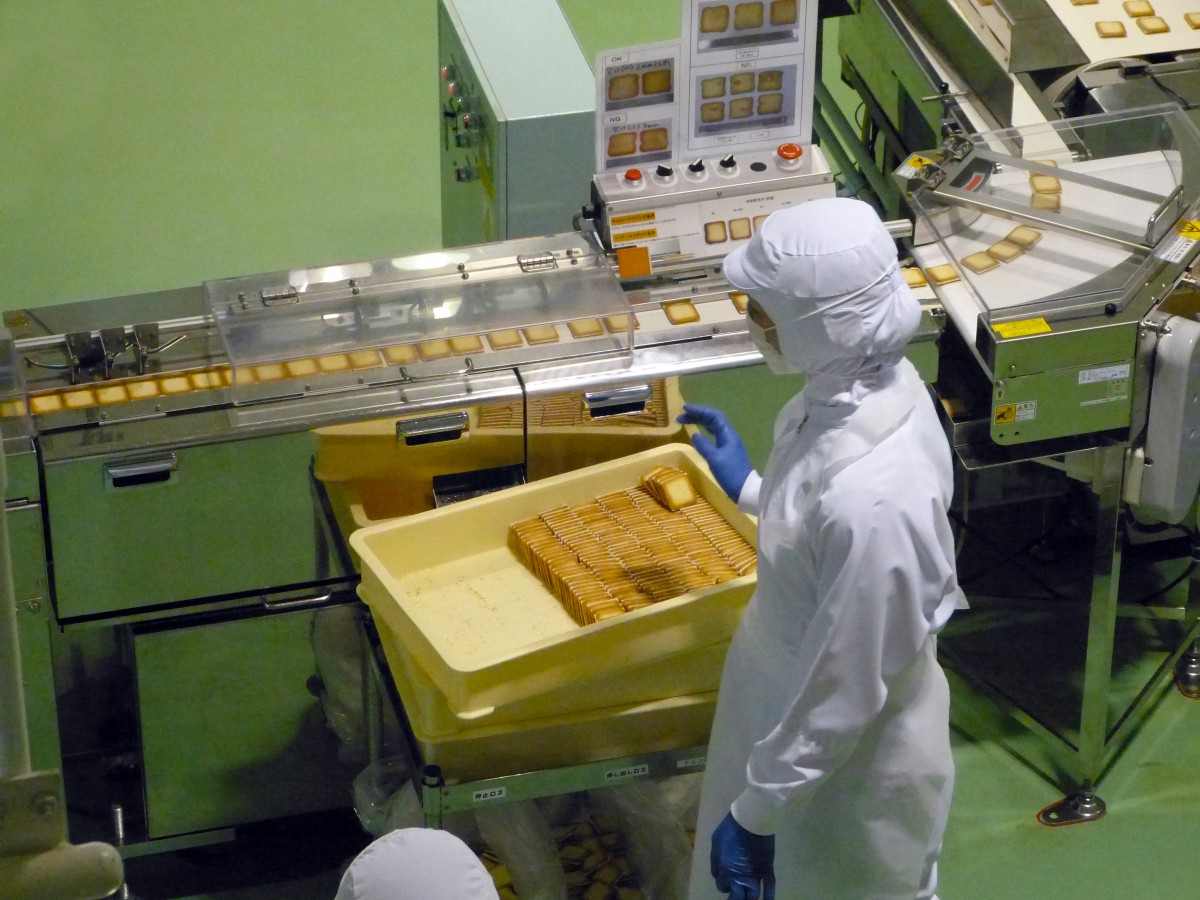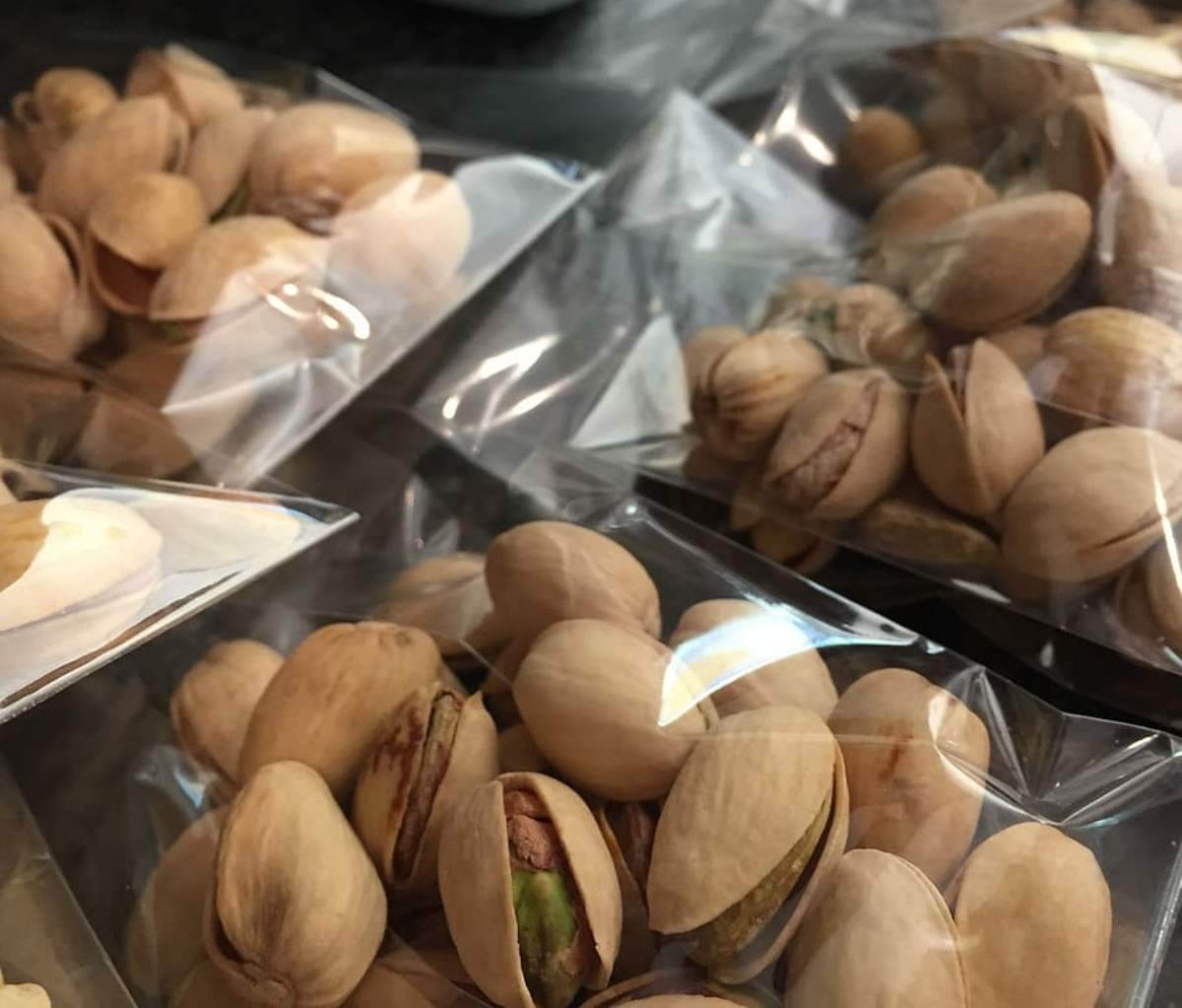Introduction to a start a food packaging business
Food, the most basic necessity of life, has also expanded into a most profitable business. People don’t have time to cook due to their way of life, so packaged foods come in handy at a reasonable cost. Focusing on the target market, you can start a food packaging business in India. Today, there are a lot of varieties of food available in the market. You must select one of those to package and sell. To make a wise decision, one must explore the food packaging business idea completely.
Ideas to start a food packaging business
Packaged foods have a longer shelf life than their fresh counterparts which helps cut down on spoilage. An entrepreneur who is interested in starting a food packaging business needs to have a clear outline of the business. Determining the organization’s target market and creating a niche is vital to the success of the business.
Small business food packaging is a business that doesn’t need any experience and knowledge of the packaging process. So, a business person can seek interest in the domain and investigate the market.
Things like —boxes, bottles, jars, cans, or bags needed for everyone to carry their personal or commercial products. These forms of packaging are in demand in the market today as more products are being offered to consumers today.
The correct way of starting a food packaging business

Despite the tough competition, the food packaging businesses are growing rapidly in the economic market and make its niche. However, there are excess of things that one needs to reflect on while starting a food packaging business. First of all, the entrepreneur needs to determine the best quality food in the market and then, proceed further to package and sell it. Following this, the entrepreneur needs to build a business outline which pulls out the company’s objectives.
Few steps to start a food packaging business in India
Create a business plan: In this stage, an entrepreneur plan should include strategies regarding the management and operations of the business. This shall help to streamline ideas for future development and allocate budget efficiently. This must include an overview of the business, industry trends, and analysis of cost-benefits in the business.
Select business structure: The nature of the business will result in the selection of business structure. It is important to manage and operate business individually through a sole proprietorship or one person’s company. Excluding this, one may also choose a limited liability partnership where funds can be collected by more than one person. Depending on the type of business structure, one should proceed for the license and registration process of the food packaging business. The registration process for each structure is different. Various documents are required for Company incorporation.
Location of packaging unit: The location is very important for the food packaging business because many inputs used in the packaging business are perishable. The packaging unit must be located such that inputs are received without falling down its quality. The sale of packaged products in the market is also equally important.
Bank Current Account: A current bank account is important for making transactions at the time of incorporation. After the incorporation made all the tax returns are filed through the current bank account dedicated to the business.
FSSAI registration: For a food packaging business, you should register your business under FSSAI. Herein, FSSAI stands for the Food Safety and Standards Act 2006. When the registration process is finished, the enterprise gets a business entity related to production, manufacture, processing, distribution, sale, import, export, and stock any food article or beverage and food license to run the business.
Here are a few basics to get started
- Create a robust business plan
- Get the best packaging suppliers on board
- Ensure that you have the complete equipment for starting a food packaging business. While every business may vary in specialization
You will need the following basic materials to start a food packaging business:
- Boxes
- Mailers
- Plastic wrap
- Foam packing peanuts
- Shipping labels
- Permanent markers
- Scissors/cutters
- Tapes
- Computer
- Printer
- Credit card processing equipment
- Cash register
- Dollies
- Create a work order template form
Some tips to get success in the food packaging business
In case if you miss this: How to Make Money from Egg Hatchery Business.

- Buying wholesale food is a useful way to save money. This means you can shop the food items at wholesalers in bulk at a discount cost.
- Research the laws and guidelines in your state for food handling organizations. Some states will train on food handling, other states do not allow a food packaging business to operate from their residential location. The Public Health Department must inspect the food and location of your business where the food is prepared.
- Raise the capital needed to buy food packaging equipment and shipping materials and pay staff. The small business association provides helpful resources and information on raising capital for a food packaging business.
- Create a pricing structure for packaged goods. A small food packaging company has to sell at a higher cost than a large food packaging company. Finding a niche allows the business to cater to customers who want the product. These customers will pay a higher price, especially if the product is hard to come by.
- Market the packaged product. Offering free samples of the packaged items allows potential customers to sample the product with no obligation. Join social networking sites and create a page for the company. Create a website or have a website designed.
- Make connections. In most of the industries, finding suppliers may depend on word-of-mouth and personal introductions.
- Team up. Check with the other small scale business producers to buy all the wholesale ingredients together.
- Don’t get people sick. If you are going to sell food, make sure about the quality and learn how to handle and how to store it. If you don’t know just get trained.
- Trace the supply chain. If you produce a food product and you’re buying the ingredients of the web, it’s really necessary to find that supply chain. And don’t hesitate to ask the questions of your suppliers.
- Work with a lab to test your products. Labs help you trace elements that you may not have known existed that particularly relate to allergies. People are allergic to everything now so those core allergies must be identified.
- Keep thorough records. We track everything coming in and out of the facility; that way if there is ever a recall on our raw ingredients, we are prepared.
- Make friends with a food inspector. Reach out to public health, to whoever certifies your premises because they’re often set up to be your friend. These are pretty approachable people and they’ll be able to identify issues—this is what they do for a living. Friends will give frankly free advice on how to make sure that you’re making a good and reasonable product.
- Get liability insurance that covers people eating your product and getting sick as well as you accidentally burning down the space you use.
Types of Packaging
There are three major types of packaging:
- Corrugated boxes
- Boxboard or paperboard cartons
- Paper bags and sacks
Corrugated Boxes:
For carrying heavier products like vegetables, fruits, appliances, and electronic goods corrugated boxes are used commonly. They are frequently used to deliver many similar products in the same box.
Boxboard or Paperboard Cartons:
Boxboard is the thin and lightweight carton commonly used to carry a single item such as a toy, breakfast cereal, shoes, crackers, etc. It does not have the middle ridge layer (corrugating medium) to add strength to the box.
Paper Bags and Sacks:
These can essentially be divided into two types: the paper bags used to carry groceries and/or retail items, and multi-wall sacks that contain flour and cement and are used for the collection of organics, leaf and yard waste.
You should not miss this: How to Make Money from Nail Polish Making Business.
Below are the four key functions of packaging that need to be incorporated in the new product launch
Product protection – protection/transportation/handling/distribution. A strong primary and secondary packaging is necessary to safeguard the product from these hurdles.
The importance of product protection is to keep food safe in transportation, handling, distribution, on shelf’s and till the time of consumption
Product safety – reduces food recollections/hazards/traceability
Good packaging ensures product safety and eliminates or reduce food recalls and hazards as well as help with traceability in the supply chain
Product Freshness – appearance/taste/freshness/quality/cleanses/fragrance
Right packaging helps to increase product freshness, it also attracts product appearance, preserves taste, increases shelf life, and maintains product quality.
Brand image (What is brand expansion) – Marketing/marketing channel/Convenience/shelf appeal/branding/brand integrity/availability
How much do I need to invest to start a food packaging business?
You need to develop a product line to start. An approximate capital of Rs 40,000-Rs 50,000 will be required to purchase raw materials and packaging. The machinery and kitchen equipment required in the food packaging business will depend upon the type of food you want to package. However, if you want to purchase a piece of machinery and want to hire labor for packing the food products for a larger production scale, the cost may rise to Rs 2 lakh-Rs 3 lakh.
Benefits of the food packaging business
- Packaging protects the product
- Packaging keeps the product from going bad
- Packaging decreases costs
- Keeping products fresh longer
- Packaging provides hygiene
- Packaging means the economy
- The packaging is a preventive measure
Drawbacks of the food packaging business
- Packaging cost increases product pricing
- The durability of some materials
- Difficulty of recycling
- Packaging requires extra room in shipping
- Reducing packaging affects perceptions
The conclusion to start a food packaging business
The food packaging enterprises are rapidly growing in the economic market and thus, making its niche in the food packaging industry. The present generation rather opts for packaged food to cooked food because people no longer have the time to cook food and they don’t want to put their physical effort. That is the reason, preference for the packaged food business is higher in recent times.
Food entrepreneurs must recognize that packaging is their front interface with the consumer. It’s an investment that can make a difference. In short, it’s always wise to have the best packaging design and techniques to make your product stand high in the market.